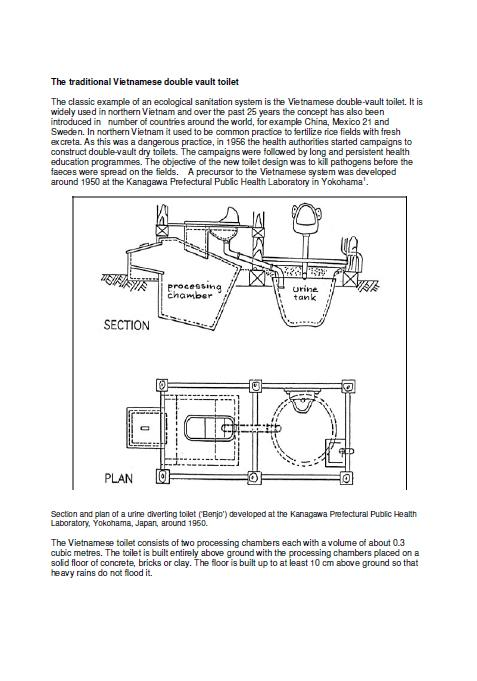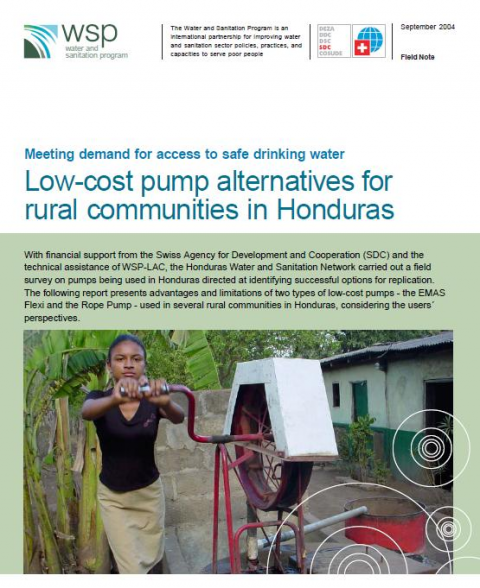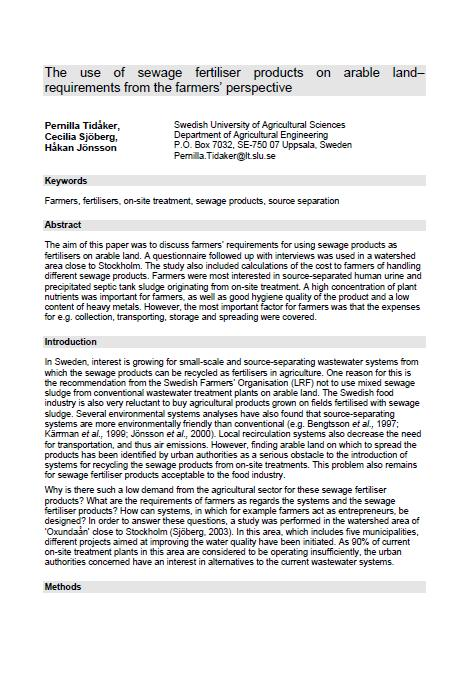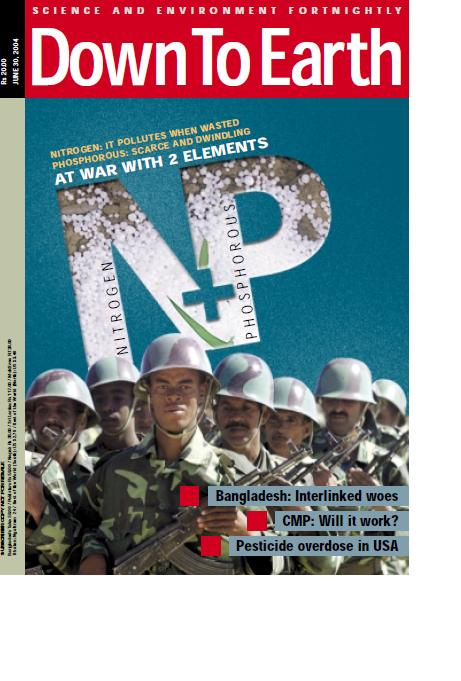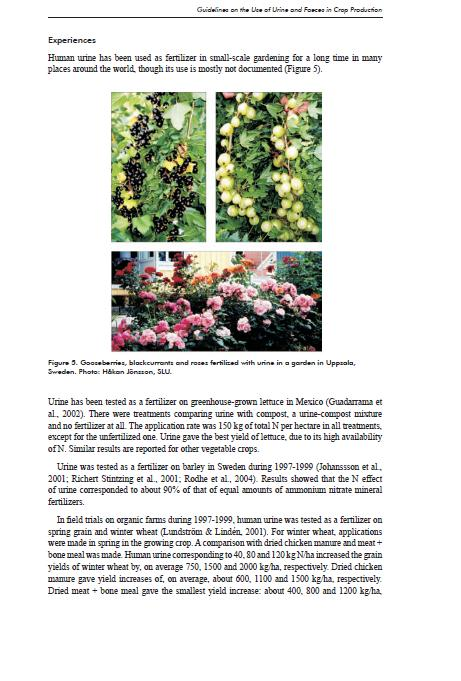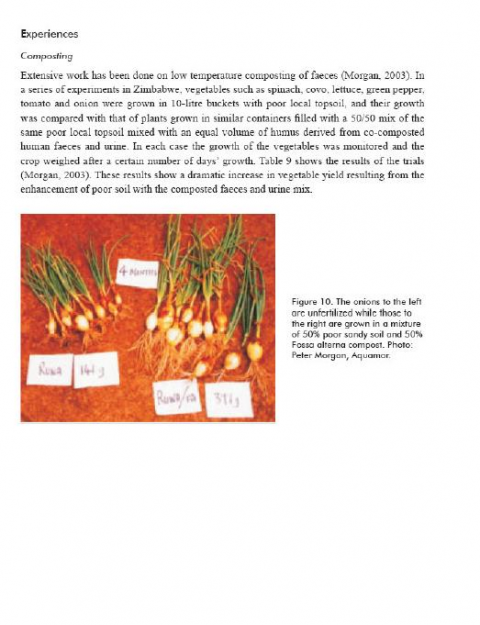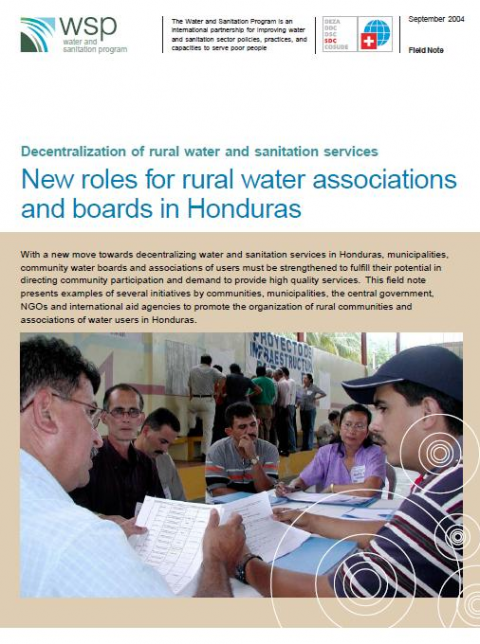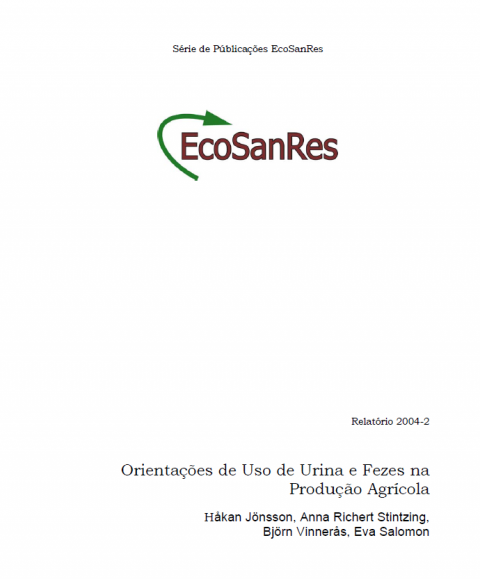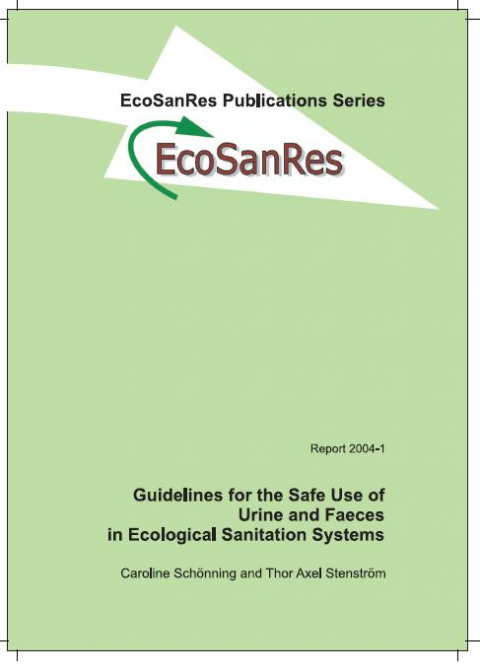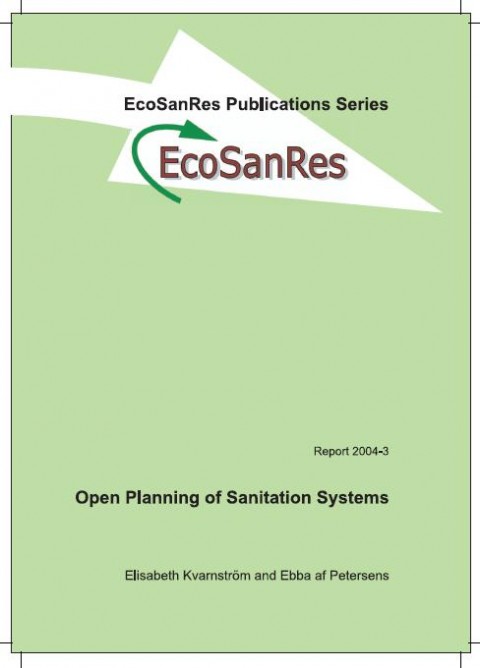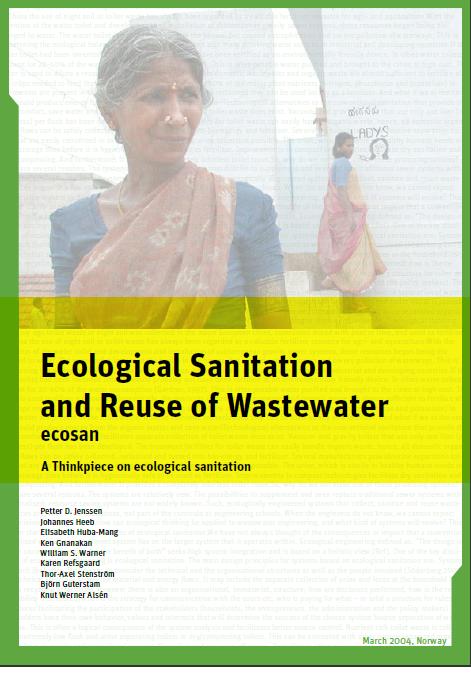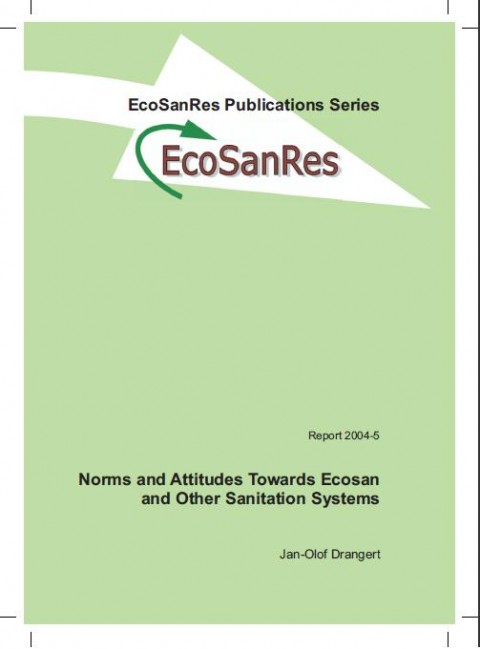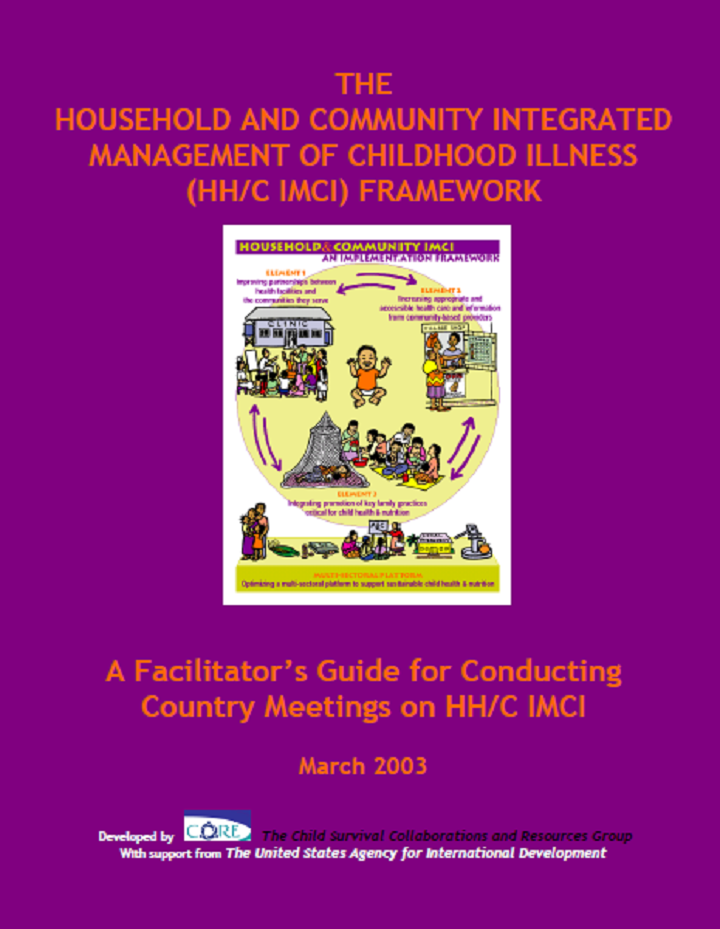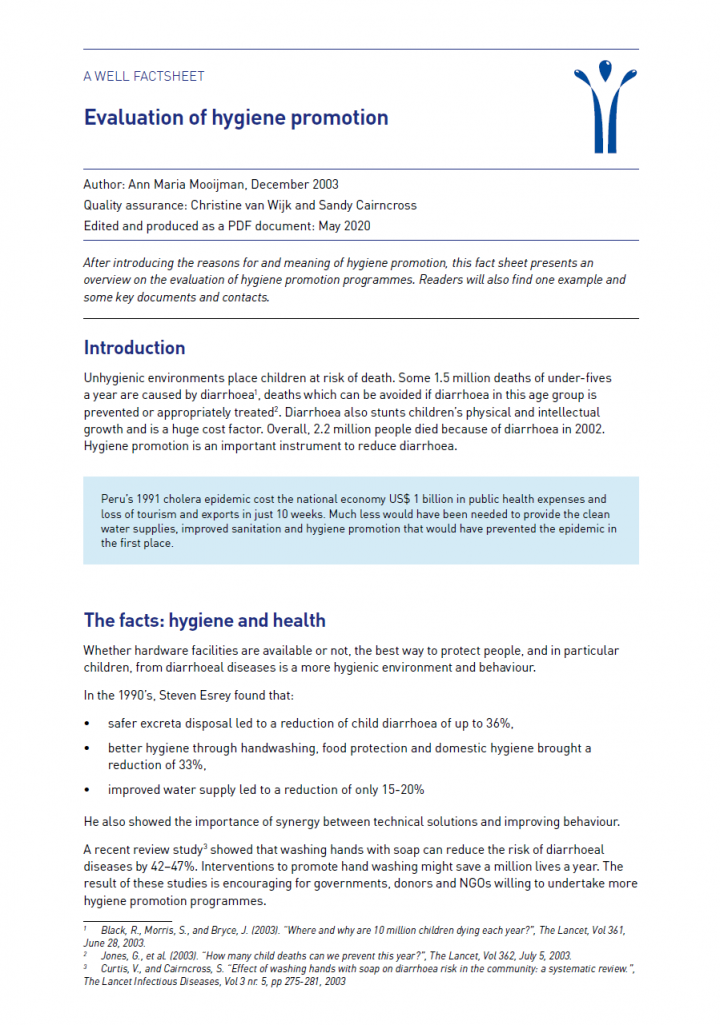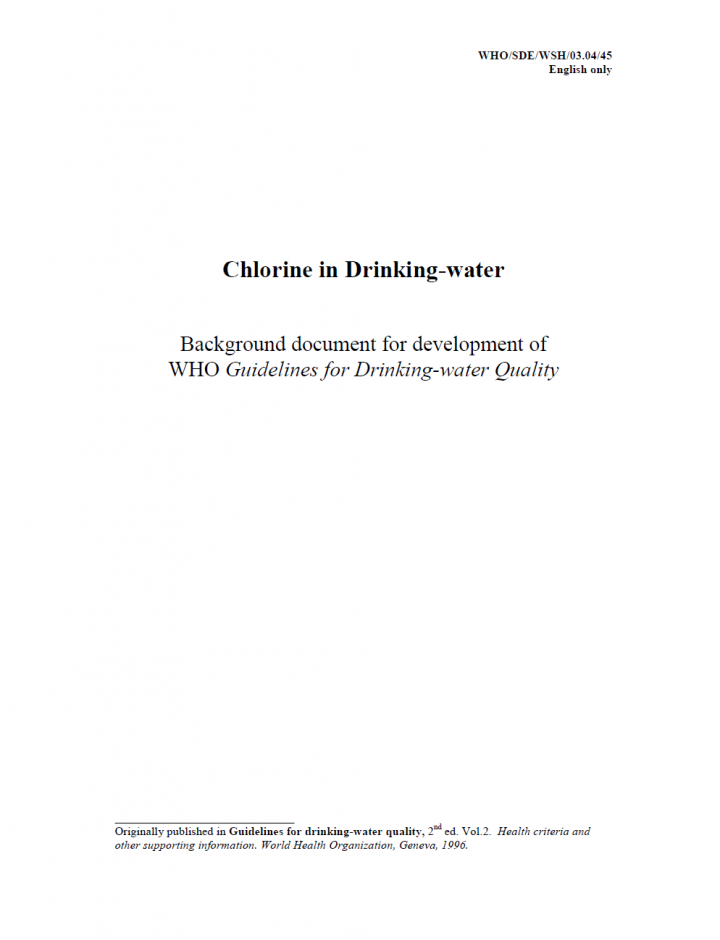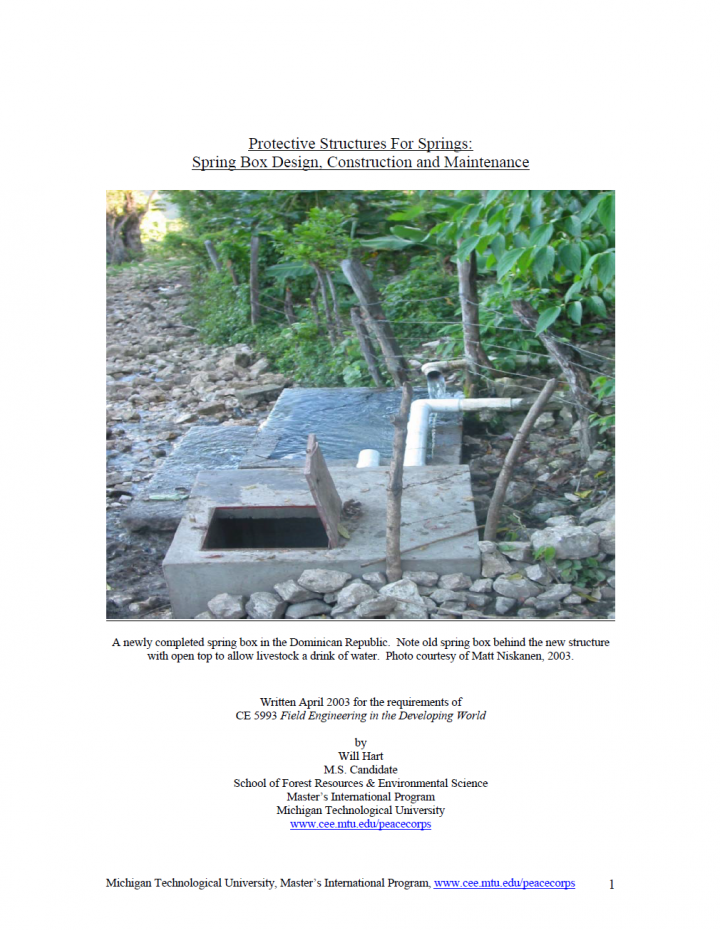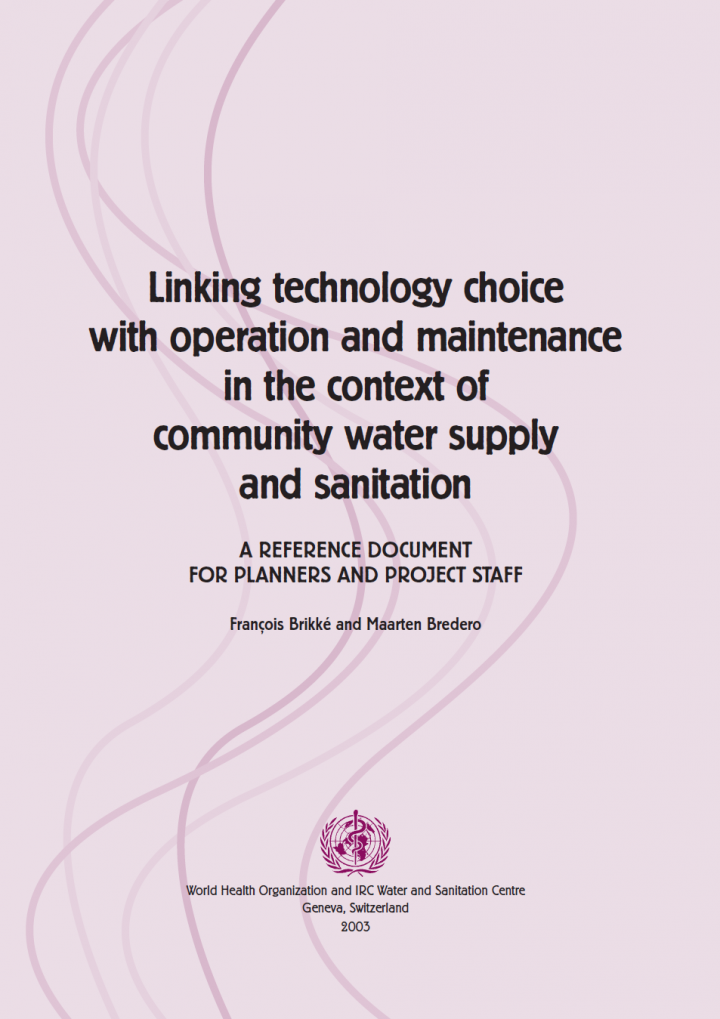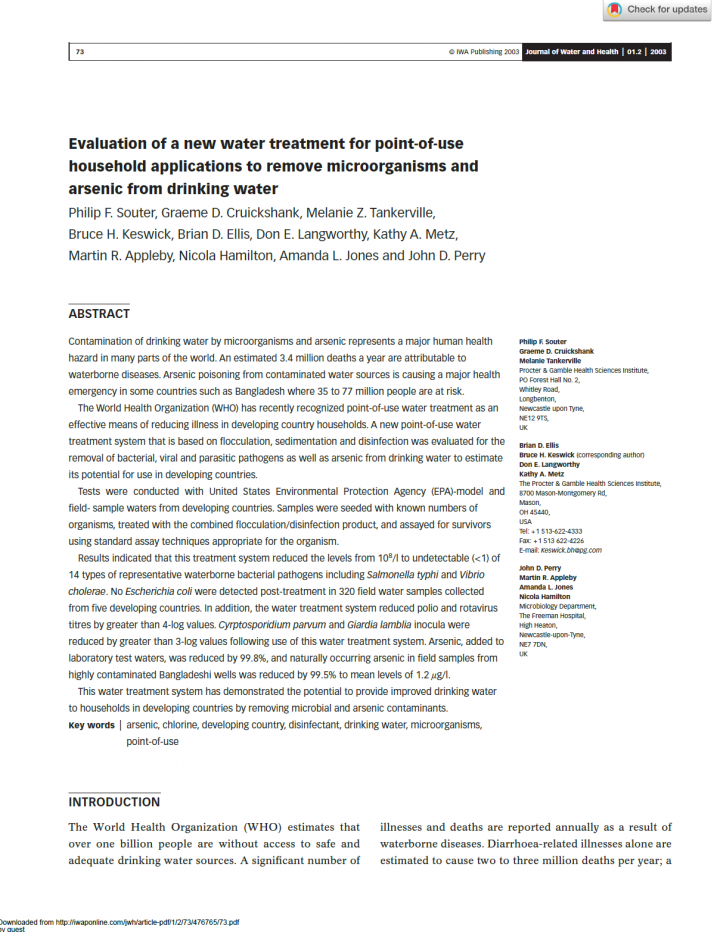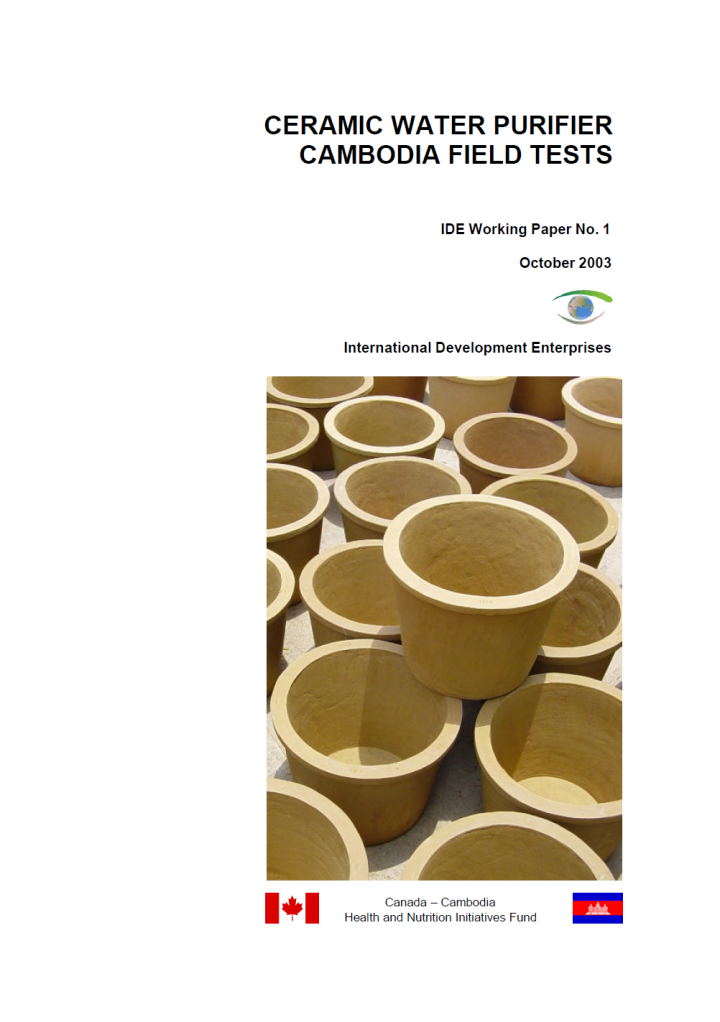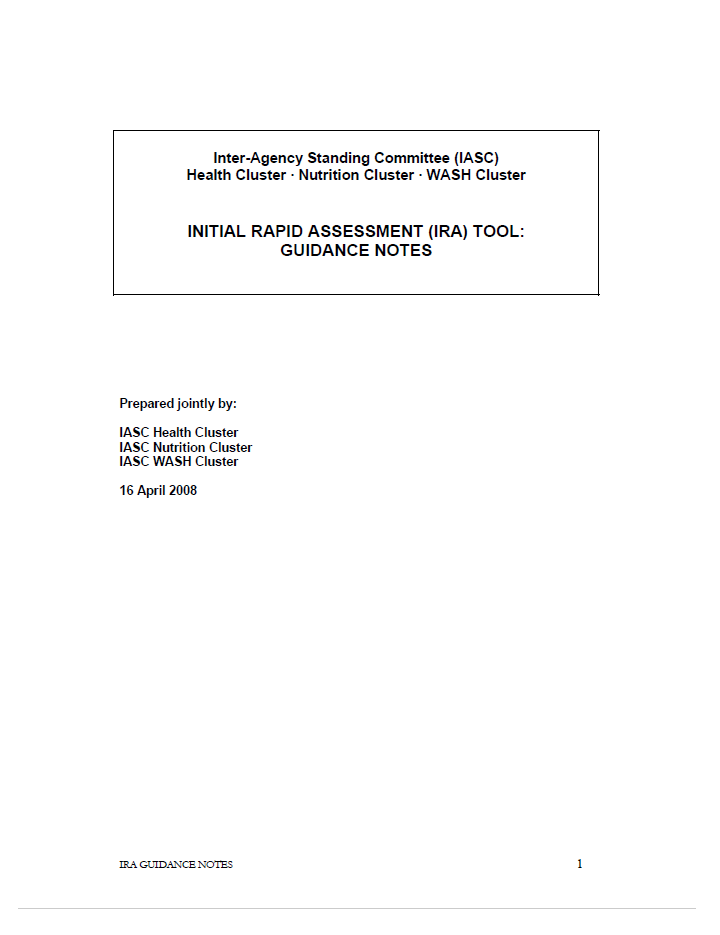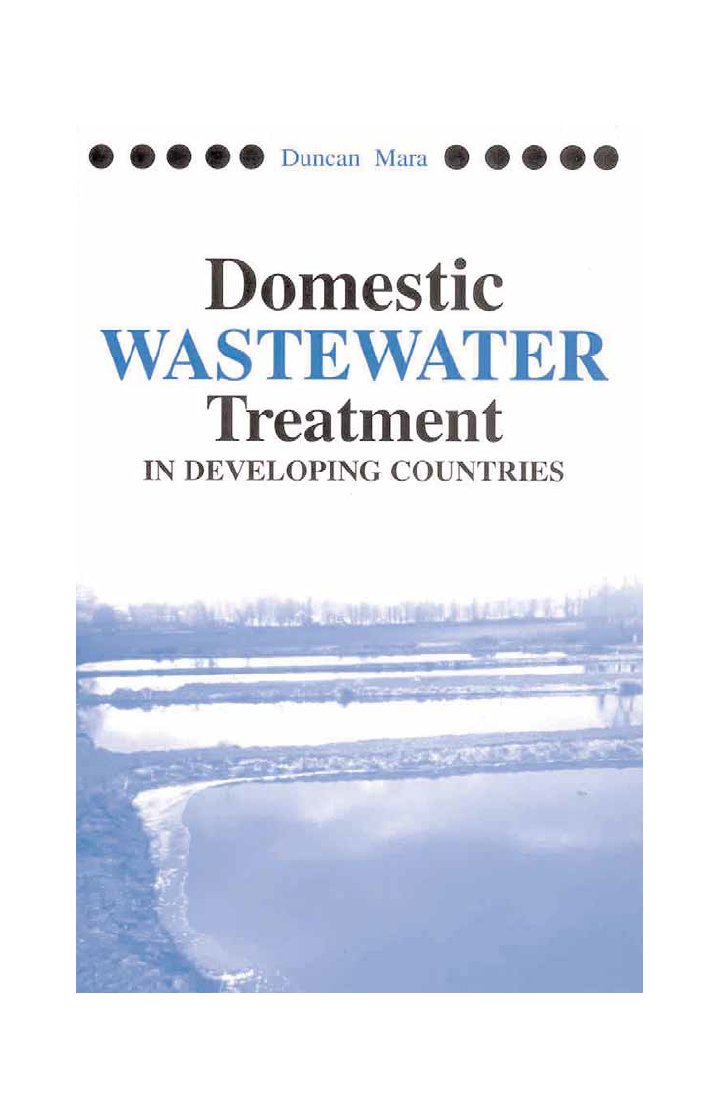Searching for information on Sanitation Workers?
The Sanitation Workers Knowledge + Learning Hub is the best source for all current news, trends, articles and updates on sanitation workers rights around the world.
Two and a half years after the first ecological sanitation conference in Bonn, the Deutsche Gesellschaft für Technische Zusammenarbeit (GTZ) GmbH and the International Water Association (IWA) jointly organised and held the 2nd International Symposium on ecological sanitation “ecosan – closing the loop” in April 2003 in Lübeck.
A Positive Deviance/Hearth Nutrition Program (PD/Hearth) is a home- and neighborhood-based nutrition program for children who are at risk for protein-energy malnutrition in developing countries. The program uses the “positive deviance” approach to identify those behaviors practiced by the mothers or caretakers of well-nourished children from low-resource families and to transfer such positive …
Unhygienic environments place children at risk of death. Some 1.5 million deaths of under-fives a year are caused by diarrhoea, deaths which can be avoided if diarrhoea in this age group is prevented or appropriately treated. Diarrhoea also stunts children’s physical and intellectual growth and is a huge cost factor. Overall, 2.2 million people died because of diarrhoea in 2002. Hygiene …
One of the primary goals of WHO and its member states is that “all people, whatever their stage of development and their social and economic conditions, have the right to have access to an adequate supply of safe drinking water.” A major WHO function to achieve such goals is the responsibility “to propose regulations, and to make
recommendations with respect to international health matters …
The main objective of spring development and protection is to provide improved water quantity and quality for human consumption. Before reaching the surface, spring water is generally considered high quality, depending on the composition of the surrounding soils and bedrock. However, groundwater can become contaminated as it
exits the ground's surface. Contamination sources include livestock, …
Contamination of drinking water by microorganisms and arsenic represents a major human health hazard in many parts of the world. An estimated 3.4 million deaths a year are attributable to waterborne diseases. Arsenic poisoning from contaminated water sources is causing a major health emergency in some countries such as Bangladesh where 35 to 77 million people are at risk.
The World Health …
This report summarizes results from a year-long pilot project in Cambodia to test the Ceramic Water Purifier, a low-cost household water treatment technology that removes microbiological contamination at the point of use. The pilot project was conducted by International Development Enterprises (IDE) with financial assistance from the Health and Nutrition Initiatives Fund supported by the Canadian …
These Guidance Notes are intended to help people involved with an Initial Rapid Assessment (IRA) at coordination and field levels to prepare for, organize and carry out an IRA, analyse the data collected to make essential decisions on immediate response, funding and/or follow on assessments. Section 2 is primarily aimed at coordination level and Section 3 at field level. The sections most …
This book is primarily written for final year undergraduate civil engineering students in developing country universities, for post-graduate masters students in environmental, public health and sanitary engineering, and for practising engineers working in developing countries or working on wastewater treatment projects in these countries. The primary emphasis of the book is on low-cost, …

